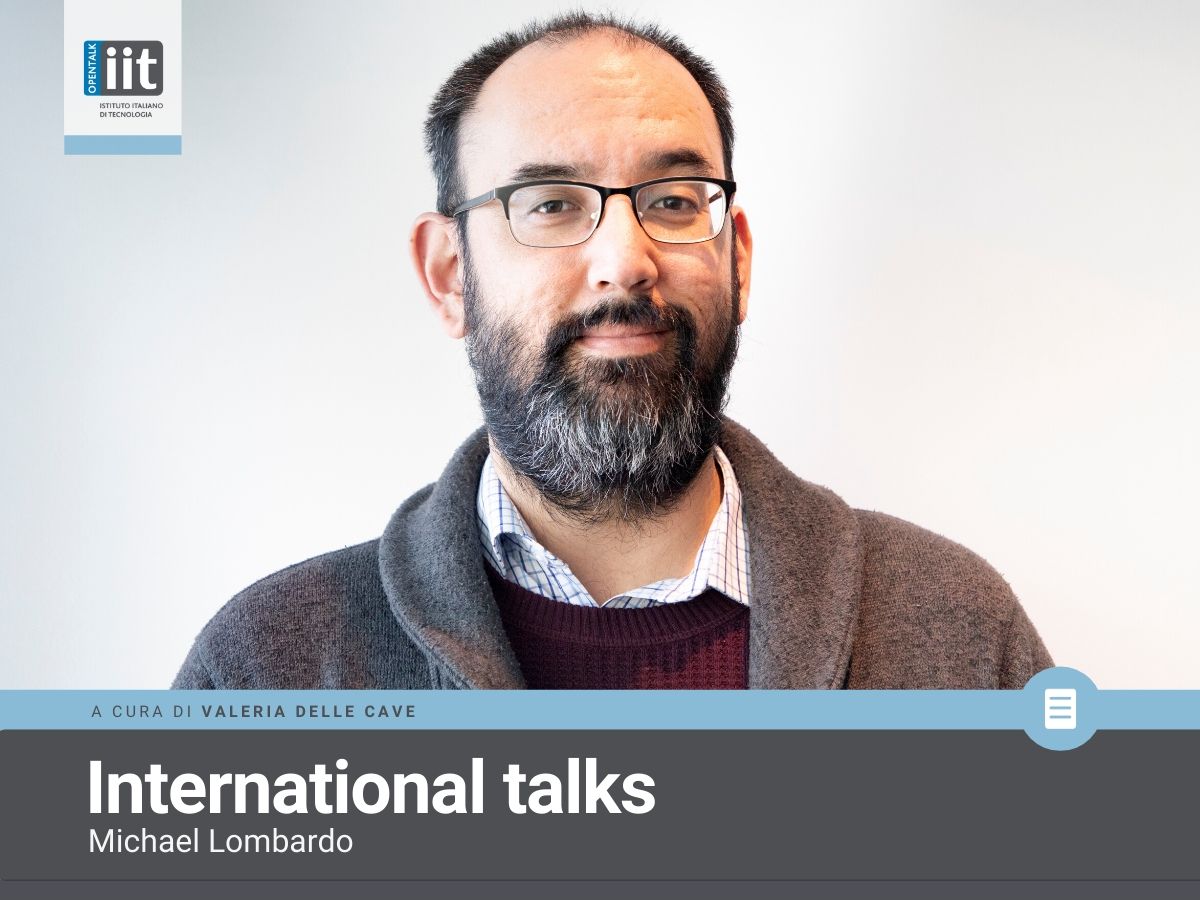Nothing as it seems
My last name is a bit misleading. When I meet people in Italy for the first time, they see my last name and assume I was born and raised in Italy. But as is common with many things in life, at first glance nothing is as it seems. Hold onto that thought – nothing is as it seems. As a behavioral therapist for autistic children back in the US (where I was born and raised), I immediately noticed that with autistic individuals, nothing is as it seems. Autistic children are quite varied and the responses to this particular kind of early behavioral therapy were also quite varied. At that time, one of my favorite books was Uta Frith’s ‘Autism: Explaining the enigma’. Uta’s word choice of ‘enigma’ was stuck with me, as it was the enigmatic nature of variability between individuals that captured my curiosity, and I’ve held onto it ever since.
Fast-forward to now, where I direct the Neurodevelopmental Disorders research line (https://www.iit.it/research/lines/neurodevelopmental-disorders) at IIT. We are an international and growing group with a primary focus on decomposing heterogeneity in the autisms and we’ve been lucky enough to have the support of an ERC grant (AUTISMS) to dig deeper into this topic. Note that I’ve pluralized autism to autisms. This is important because it’s likely that underneath the single diagnostic label of autism, we have a population of very heterogeneous and unique types of individuals. What drives brain development, behavior, and important clinical endpoints like prognosis, outcome, and responses to treatment is likely to be a heterogeneous mixture of complex paths that each individual takes from genome to phenome (https://www.nature.com/articles/s41380-018-0321-0).
There are several examples in our recent work that underscore how different types of autistic individuals take these complex multi-scale paths over development. For instance, we have shown that good versus poor early language outcomes in autism by 4 years of age are underpinned by different neural responses to speech at 24 months of age (https://www.cell.com/neuron/fulltext/S0896-6273(15)00219-6) and different functional genomic mechanisms linked to such speech-related neural systems (https://www.nature.com/articles/s41593-018-0281-3). In another recent example, we have discovered that a subtype of autistic toddlers that heavily neglect paying attention to the social environment around them show reduced strength of functional connections between neural circuits that typically develop specialization in visual and social cognitive processes (https://elifesciences.org/articles/47427).
With an enigma, nothing is as it seems. However, our work has the end goal of getting closer to a set of explanations behind the enigmatic autisms. We ultimately want to reach a point where we can translate our knowledge about multi-scale heterogeneity towards predicting important real-life outcomes such as how early intervention response differs across individuals. Most early intervention approaches are predicated on the idea that changing early social experience and learning will help reshape neural circuitry and potentially create more positive outcomes later in life. This statement is likely not equally applicable across all individuals. Some individuals may be very susceptible to environmental changes in early life such as early intervention, whereas others may be resistant to such environmental influence. If we can move towards a better understand how heterogeneous biological mechanisms link up these different real-world outcomes, we will be in a much better position to see past our initial first glance where nothing is as it seems.
___
AUTISMS is a European Research Council (ERC) Starting Grant from the European Union’s Horizon 2020 research and innovation programme, awarded to Michael Lombardo under grant agreement No 755816.





